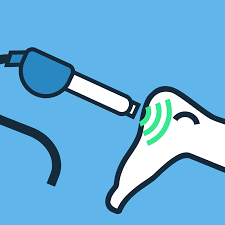How to Prevent Running Injuries?
Preventing running injuries involves a combination of proper preparation, technique, equipment,

and listening to your body. Here are some tips to help prevent running injuries:
1. Gradual Progression:
- Increase your mileage and intensity gradually. Avoid sudden spikes in distance or speed to allow your body to adapt.
2. Proper Warm-up:
- Warm up before each run with dynamic stretches and light aerobic activity to increase blood flow and flexibility.
3. Strength Training:
- Include strength training exercises, particularly those targeting the muscles around your hips, knees, and ankles. Strong muscles provide better support for your joints.
4. Cross-Training:
- Incorporate cross-training activities, such as swimming, cycling, or strength training, to give your running muscles a break and reduce the risk of overuse injuries.
5. Rest and Recovery:
Allow adequate time for rest and recovery between runs. Listen to your body and take rest days when needed.
6. Proper Footwear:
- Wear running shoes that provide proper support and cushioning. Replace your shoes when they show signs of wear, typically every 300-500 miles.
7. Correct Running Form:
- Maintain good running form to minimize stress on your joints. Avoid overstriding and focus on a midfoot or forefoot strike.
8. Surface Consideration:
- Choose running surfaces wisely. Softer surfaces like grass or trails can be easier on the joints than concrete or asphalt.
9. Hydration and Nutrition:
- Stay hydrated and maintain a balanced diet to support overall health and recovery.
10. Listen to Your Body:
- Pay attention to any signs of pain or discomfort. If you experience persistent pain, consider consulting a healthcare professional or a sports medicine specialist.
11. Proper Cool Down:
- After your run, cool down with static stretches to help improve flexibility and reduce muscle tightness.
12. Regular Check-ups:
- Get regular check-ups with a healthcare professional to address any potential issues early on and receive guidance on injury prevention.
13. Incorporate Rest Days:
- Include rest days in your training schedule to allow your body to recover. Rest is a crucial component of injury prevention.
14. Use Ice and Compression:
- If you experience minor aches or pains, consider using ice and compression to reduce inflammation and promote recovery.
Remember, individual factors such as biomechanics, previous injuries, and overall health can influence your susceptibility to injuries. If you’re unsure about your training plan or if you’re experiencing persistent pain, it’;s advisable to seek guidance from a healthcare professional or a qualified coach.














































